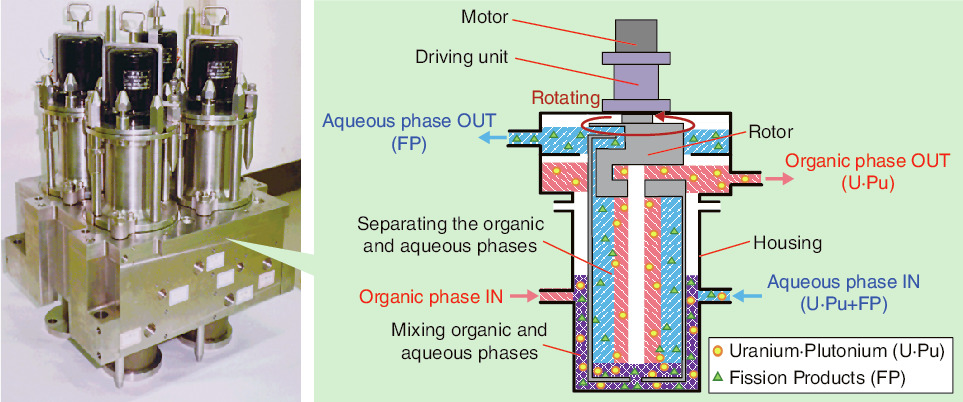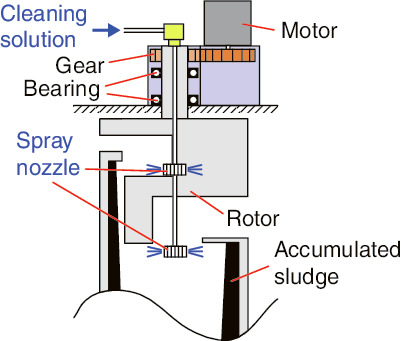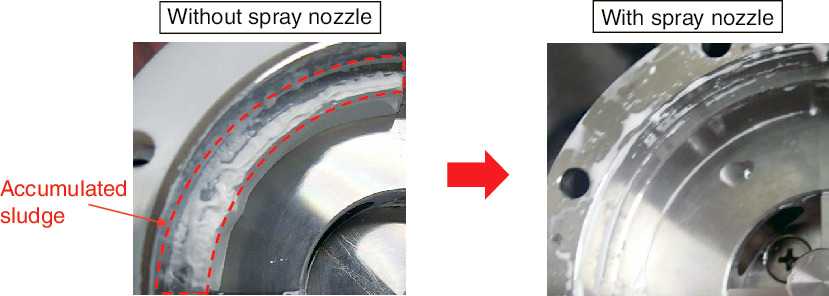
Fig.7-14 Schematic of a centrifugal contactor

Fig.7-15 Addition of the spray nozzle

Fig.7-16 Effect of spray nozzle upon cleaning performance (upper rotor)
We have been developing a centrifugal contactor for the solvent extraction process in spent nuclear fuel reprocessing (Fig.7-14).
A centrifugal contactor allows mixing of aqueous and organic phases in the annular area and separates them in a rotor using its strong centrifugal force. This characteristic reduces the residence time of the mixed solution compared to other apparatuses, e.g., mixer settlers, or pulsed columns, thereby preventing solvent degradation.
The centrifugal contactor has been used in the purification stage of reprocessing plants; however, it has not been used in the extraction stage for uranium and plutonium due to the sludge that is contained as fine particles or insoluble residue in the feed solution.
It is difficult to remove sludge perfectly from the process solution; therefore, we experimentally evaluated the sludge accumulation behavior in the centrifugal contactor and its influence on phase separation and extraction performance. The result showed that the sludge was accumulated only in the rotor and decreased the separation performance.
As it is necessary to keep the centrifugal contactor clean for stable operation, we tried to introduce a spray nozzle for efficient cleaning. We embodied the structure of the spray nozzle in the centrifugal contactor by surveying the relation between its structure and the cleaning performance (Fig.7-15). This centrifugal contactor supplies the cleaning solution from the top of the rotor, which decreases the risk of radioactive-solution leakage and makes maintenance easier.
This new centrifugal contactor could perfectly clean the accumulated sludge with 20% of the cleaning solution and time needed by conventional centrifugal contactors (Fig.7-16).
Through this study, we could establish an efficient cleaning method for sludge accumulated in the centrifugal contactor.
The present study was sponsored by the Ministry of Economy, Trade and Industry, Japan (METI).
<Previous: 7-4 | Next: 8 Research and Development on Fuel Reprocessing, Decommissioning, and Radioactive Waste Management>